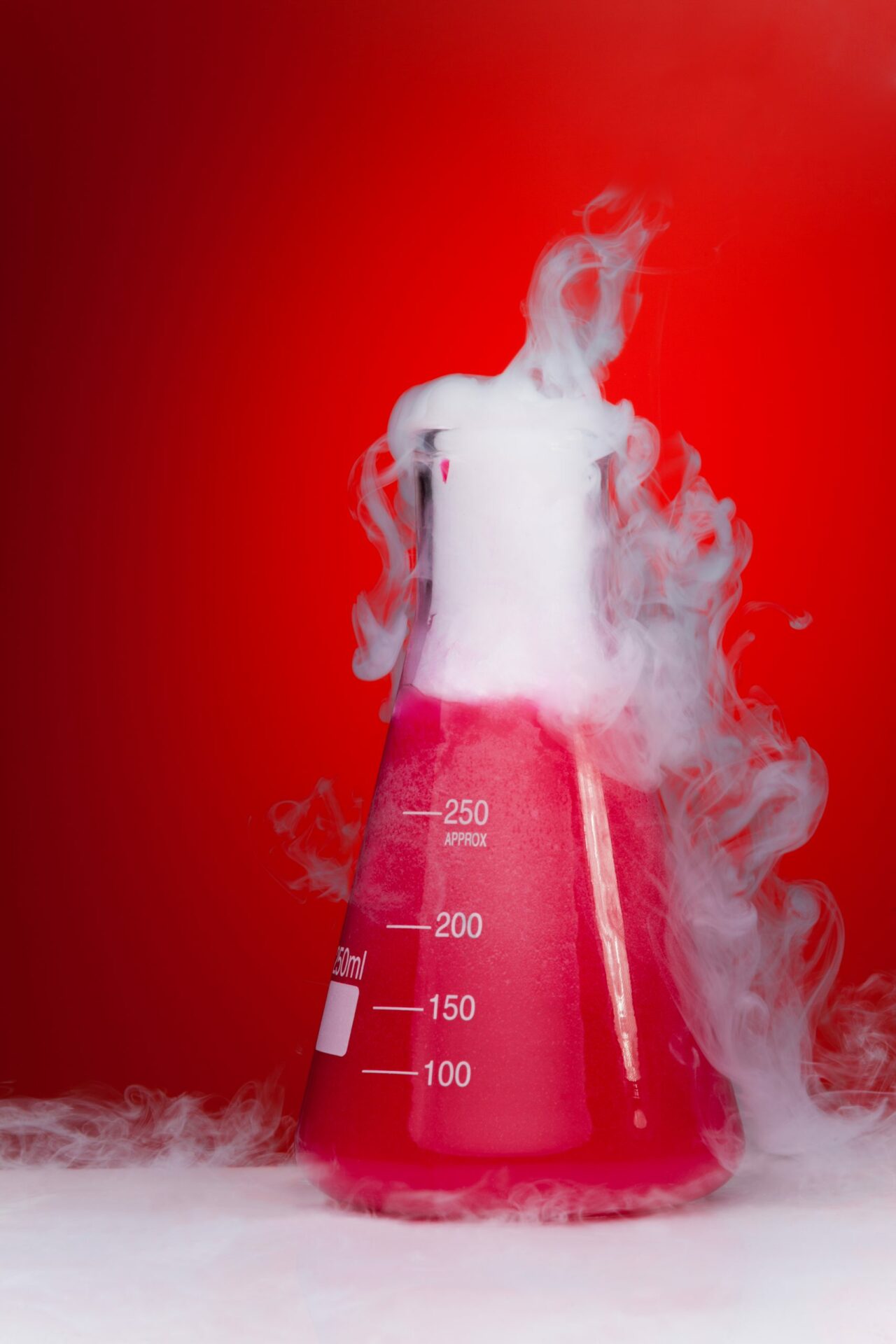
Safety is paramount when working with chemicals—not only for compliance with government regulations, but also to prevent the devastating effects that chemical-related accidents can have on workers and on the workplace. From skin burns to explosions, chemicals can cause lasting damage, resulting in a decline in productivity, loss of income, disability, and loss of life. In this post, we take a closer look at what we mean by chemical safety and how to implement it in your workplace.
Chemical safety involves minimising physical, chemical and toxicological risks in a chemical environment or during chemical processes. Although chemicals have a myriad of important uses across many industries, they can also pose a threat to human health. Chemicals exist in many different forms, including dust, powders, fibres, fumes, liquids, vapours, gases and mists, and each of these forms carries a host of different risks to the user. Many chemicals can have serious neurological, integumentary and respiratory effects. Consequently, it is important to be aware of the chemical safety regulations and requirements when using them.
Chemical safety is also important as chemical accidents often have a domino effect, causing further health and environmental problems. For example, if a beaker explodes in a laboratory, both the contents of the beaker and the broken beaker itself present safety hazards.

An Erlenmeyer flask being used in an experiment.
The first step in implementing chemical safety is to conduct a thorough chemical safety risk assessment. There are three steps involved in completing a risk assessment of the chemicals in your workplace.
Safety Data Sheets (SDS) are essential for chemical safety as they inform users of the hazards and safety requirements associated with the chemicals. SDS are information sheets that clearly describe the chemicals, their effects on body systems, how they should be handled and if they pose any unique threats, such as spontaneous combustion.
Use of standardised chemical labelling and signage (as seen in the picture below), is also an important part of chemical safety. Such signage conveys vital safety information about the chemicals at a glance.
An example of chemical safety labels
Chemical safety also involves a number of safety practices and procedures that should be undertaken in order to minimise the risks of chemical exposure. These include:

A man holding labelled chemical containers, wearing protective clothing.
Each laboratory and working space will come with their own set of challenges and protocols. Preparing for known hazards and anticipating others will ensure that you minimise the risk of chemical exposure and maximise your safety. After all, it’s not the hazard (the chemical), it’s the risk (exposure to the chemical) that is the problem. That’s why we focus on minimising risk.
Remember: Hazard ≠ risk
To find out more about chemical safety, contact the Chemwatch team today. Our friendly and experienced staff draw on years of experience to offer the latest industry advice on how to stay safe and comply with Health and Safety regulations while working with chemicals.